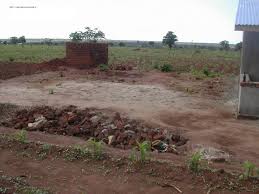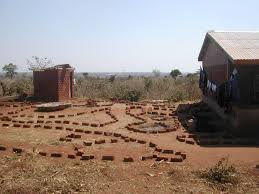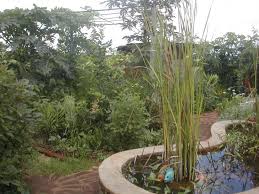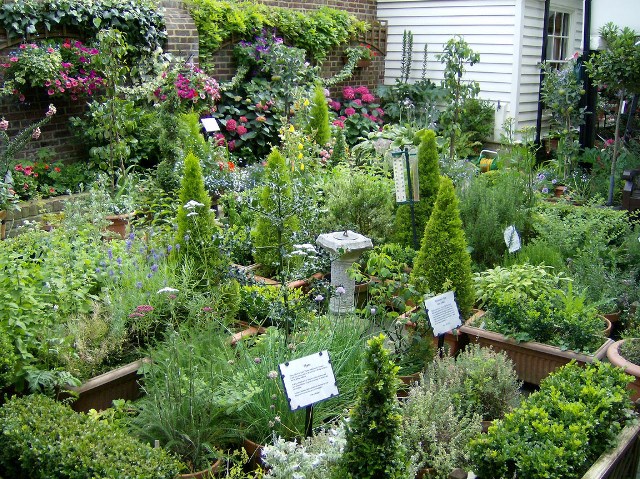Let’s talk a bit more about permaculture design. This is the tricky part for most people. The principles of permaculture may make sense, but how do you convert them into an actual functioning permaculture design? Remember that permaculture is permanent agriculture. You are trying to create gardens that will continue to grow and produce for many years.
The key to successful permaculture design is to consider everything each element has to offer. Say you want to plant an apple tree, because you love apples and want to produce cider. Great! But what else does that apple tree give you?
- Shade
- Windbreak
- Mulch (leaves)
- Habitat
- Soil Conservation
When you think about it, that tree has a lot more to offer than just fruit! Now that you’ve considered all these benefits you can place that tree in the best spot. Perhaps it should be planted on a slope to hold the soil, near the house to provide shade or in a row with other trees to provide a windbreak.
As you go through this process with each desired element in your garden, consider also the things each plant or tree needs. For instance, that same apple tree will need support when it is a sapling. You may need to plant a nitrogen fixing pea shrub or a berry bramble with it to improve its early growth. It also needs pollinators to fertilize its flowers. Perhaps you’ll plant perennial flowers near the tree that attract bees and butterflies. You’ll need other apple trees for successful pollination. If pests are a problem, you may plant a ring of garlic around the tree to discourage them.
By considering each element in your garden in this way, a clear design will present itself. There is a right place for each component in your garden, you just have to figure out where that place is.
Permaculture Examples
Let’s look at a great example. This one is inspiring!
The picture below shows a backyard in Malawi. Looks pretty bleak, doesn’t it? You can see that the land has been abused, the soil depleted and compacted and the habitat for wildlife or insects completely destroyed.

Image courtesy of neverendingfood.org
This next shot shows the first steps of permaculture design. Pathways and garden beds have been outlined, as have future resting areas and even a pond space. The gardeners have considered the plants that will grow in their climate and made maps showing their future placement;

Image courtesy of neverendingfood.org
Only one year later this is the backyard. Incredible right? Within just six months of moving in the family was already enjoying produce fresh from their own gardens.

Image courtesy of neverendingfood.org
Best Permaculture Design Course
Are you ready to learn more about permaculture? Check out these resources for finding the right permaculture design course for you:
- Toby Hemenway Permaculture Design Course Facts
- Geoff Lawton Permaculture Design Course
- Whole Systems Design Permaculture Design Course
- Permaculture Institute Design Courses
Find a backyard chicken tractor at www.thechickentractor.com.au .
Extended Reading
Permaculture: A Practical Introduction
Free 72 hour online permaculture design course with Bill Mollison:

